Introduction to agarwood
Agarwood is a rare natural masterpiece. It has been used since ancient times in the manufacture of perfumes and incense . Oud wood is considered an integral part of the Arab and Eastern heritage, as it has a unique and charming scent. “ Sidr Al Khaleej ” is considered a symbol of excellence in the use of agarwood, as it combines artistic traditions with modern innovation.
Agarwood is extracted from agarwood trees, which are trees with a strong scent and characterized by their dark color. Oud is cut from specific parts of the tree, dried and manufactured with the utmost care to maintain its quality and elegance. The process of obtaining agarwood is an art mastered by craftsmen to preserve its unique properties.
In the world of incense, agarwood is used as a main ingredient in creating luxurious incense. The fumes emitted by burning agarwood are considered a mental and spiritual experience, as agarwood is characterized by its natural properties that promote relaxation and enhance inner calm.
Sidr Al Khaleej selects the best types of agarwood and devotes itself to detail in the process of manufacturing perfumes and incense, which makes its products bear a special imprint that combines luxury and ancient traditions.
Origin and spread
producing areas
Oud wood is produced in different regions around the world, but it is famous for its Arab and Eastern origin . Native to the tropics and tropics, agarwood trees thrive in a hot and humid environment. Among the regions famous for producing agarwood is Southeast Asia, especially in countries such as India, Cambodia, and Malaysia. These areas are characterized by the availability of suitable conditions for the growth of healthy and high-quality agarwood trees .
How has the use of agarwood affected different traditions around the world?
Agarwood is a symbol of heritage and culture in its native regions, and its influence has transcended borders to become an integral part of various traditions around the world.
- In the Middle East, agarwood is an integral part of religious traditions and ceremonies. It is used in many religious occasions and social celebrations, which adds religious and cultural elegance to these events.
- In Asia, agarwood is very popular in the arts of perfumery and aromatherapy. Its use in religious and meditative rituals is part of Far Eastern traditions, and contributes to creating an atmosphere of serenity and calm.
- In some African societies, agarwood is used in spiritual rituals and ancient traditions. It is considered a symbol of communication with the spiritual worlds and is used in shamanic rituals.
- The use of agarwood has spread in Europe and America thanks to the spread of the luxury perfume industry . It is used in the composition of Western perfumes to give a touch of distinction and luxury.
Aroma composition
Aromatic notes
Oud wood perfume is characterized by its unique composition, which is divided into three main categories: top, middle, and base notes.
These notes consist of the light and fleeting notes that make up the top layer of the perfume.
It can include citrus notes such as lemon and bergamot, creating a refreshing impression at first.
These notes appear after the top notes disappear, and reflect the basic character of the perfume.
It can contain floral scents such as rose and jasmine, and agarwood may appear more clearly in this layer.
These notes represent the stable base of the fragrance and remain longer on the skin.
Oud wood appears strongly in this layer, and warm notes such as vanilla and amber are added to it.
Interaction with skin
Oud wood perfumes have a unique interaction with the skin, adding a personal signature to them. This is due to the chemical nature of agarwood and how it mixes with the natural oils found in the skin.
Over time, agarwood mixes with the natural oils on the skin, enhancing the development of the scent.
The fragrance can gradually transition from fresh top notes to warm and rich base notes.
Oud wood has a high stability on the skin, as it continues to emit its luxurious notes for a long time.
This continuous interaction is an added advantage that makes agarwood perfumes popular with lovers of lasting scents.
The interaction of agarwood with the skin depends on each person's individual chemistry, creating a unique aromatic experience that suits each individual's personality.
Uses of agarwood
Perfumery
Oud wood is considered one of the main ingredients in the manufacture of luxury perfumes, and it is considered a distinction for perfumes that contain this luxurious ingredient. Here is how agarwood contributes to the composition of perfumes:
Oud wood adds a unique and warm tone to perfumes. Its strong, deep scent creates an unforgettable aromatic experience.
Oud wood is characterized by high stability on the skin, which enhances the continuity of the scent of the perfume for a long time. This makes it a beloved ingredient in perfumes with a lasting character.
Oud wood contributes to achieving a balance between the top, middle and base notes of the perfume. It can add a touch of luxury and depth to the composition.
The scent of agarwood is one of the scents that arouses emotions and creates a luxurious and warm atmosphere. This makes it ideal for perfumes targeting luxury and distinction.
Incense making
Agarwood forms an integral part of incense making, as it is prized for its ability to impart a luxurious scent to incense . Here's how it's used in this context:
Agarwood is used as a main ingredient in creating luxurious incense. Incense is prepared by burning small pieces of agarwood, which produces a rich and distinctive scent.
Agarwood plays an important role in religious and spiritual rituals. It is used in religious occasions and prayers to create an atmosphere of calm and contemplation.
Burning agarwood is also a way to purify the air and improve the ambient energy. Incense using agarwood is considered a way to improve the spiritual air in a place.
The scent of agarwood enhances the relaxing experience, which is why it is used in spas and health centers to stimulate relaxation and calm.
Innovations in the world of agarwood:
Oils and extracts
Agarwood oils and extracts are an essential source for adding its luxurious scents to aromatic products . This is done through the following processes:
- Essential oils are extracted from agarwood by distillation or biological methods.
- These processes produce high-quality oils that retain the unique aroma of agarwood .
- These oils and extracts are used in perfumery to determine the unique character of luxury perfumes .
- They can be used as top, middle or base notes to achieve a wonderful balance in the fragrance composition.
- Oud wood is used to improve perfume compositions, as it adds a warm and luxurious character that enhances the attractiveness of the fragrance .
Mixed perfumes
Innovations in the perfume industry include mixing agarwood with various ingredients to achieve unique aromatic experiences:
- Fragrance houses blend agarwood with flowers and fruits to add a touch of diversity and excitement to perfumes.
- Agarwood is blended with other woods to achieve multi-dimensional and richly layered compositions.
- Oud wood is experimented with modern ingredients and modern technology to release fragrances that meet the expectations of modern generations.
common questions
How does oud smell?
The scent of oud is warm, rich, and complex, with deep woody undertones and spicy notes that give it a luxurious appeal.
How to use oud in perfumes?
Oud is used in perfumery as a main ingredient to achieve luxurious and lasting scents. It can be a top, middle or base note in a perfume composition.
What are the ingredients of Arabic perfumes?
Arabic perfumes include ingredients such as oud, rose, amber, musk, jasmine flowers, and saffron, creating a luxurious and oriental blend.
What are the components of oriental perfumes?
Oriental perfumes feature notes such as oud, vanilla, cinnamon, saffron, and amber, giving the perfumes a warm and sensual character.


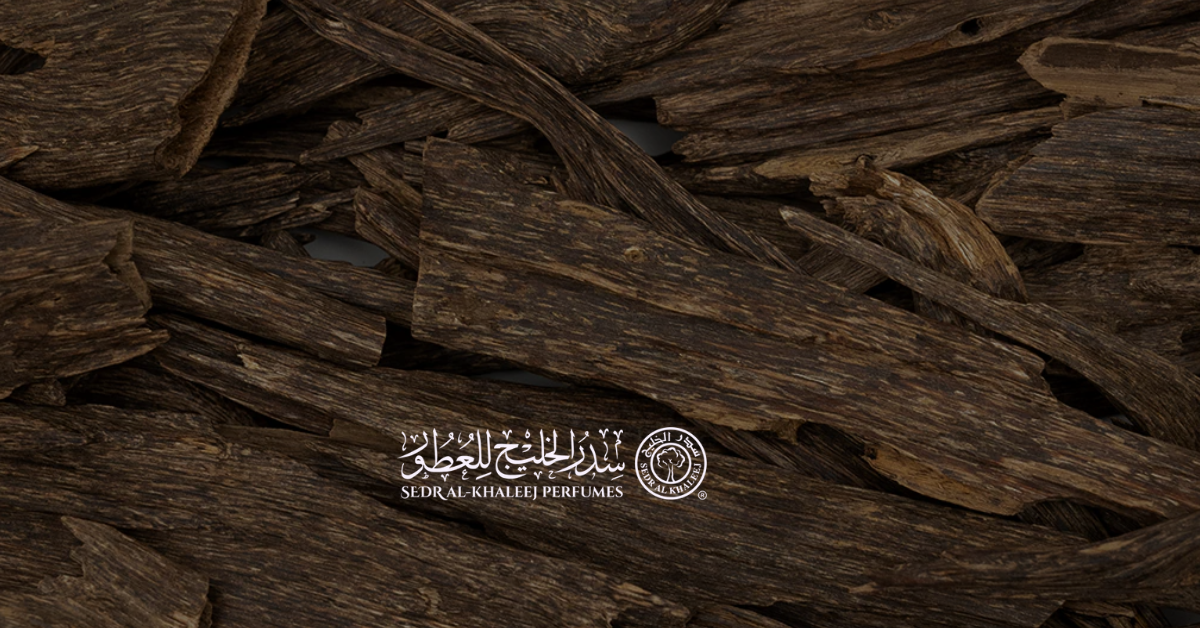
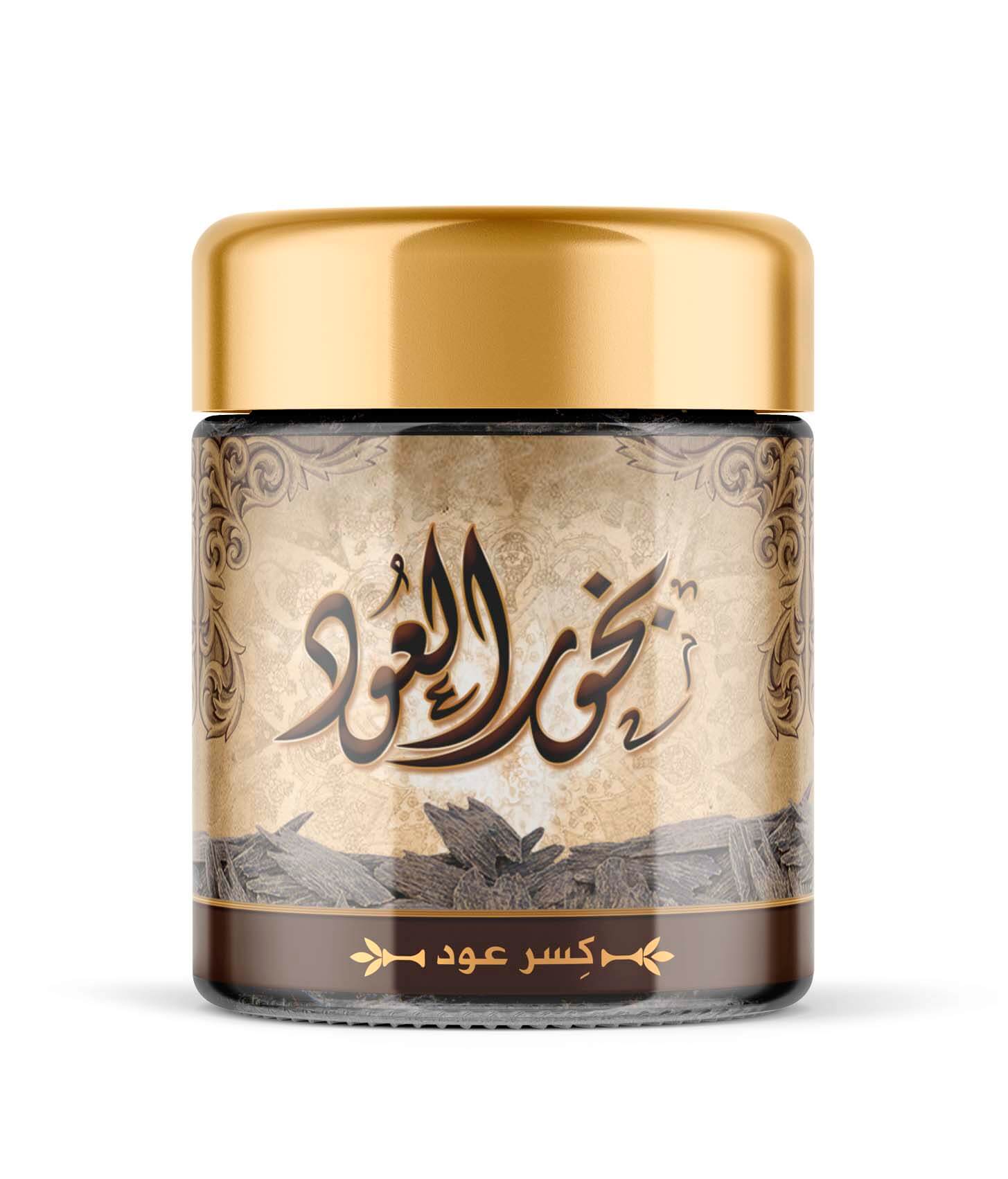
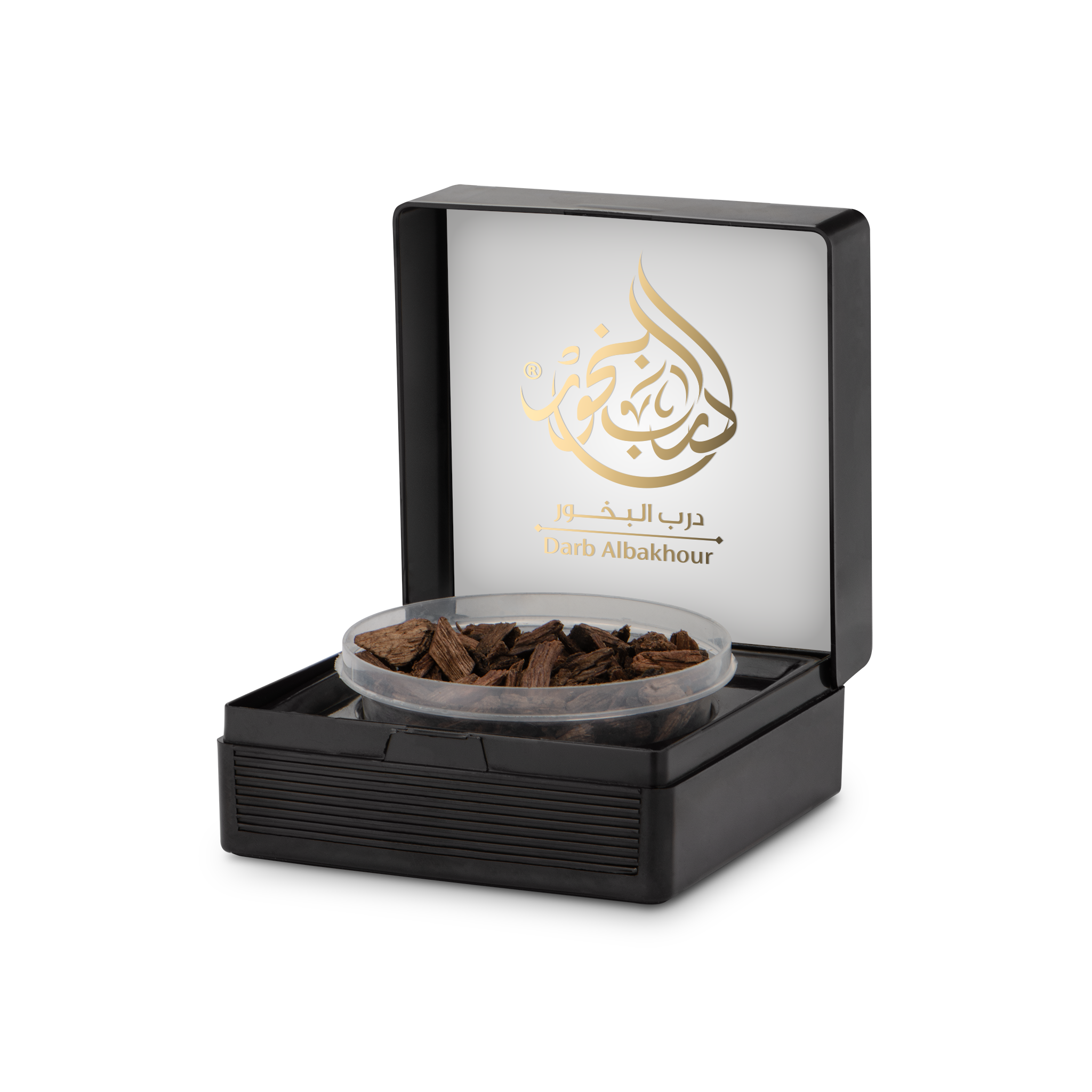
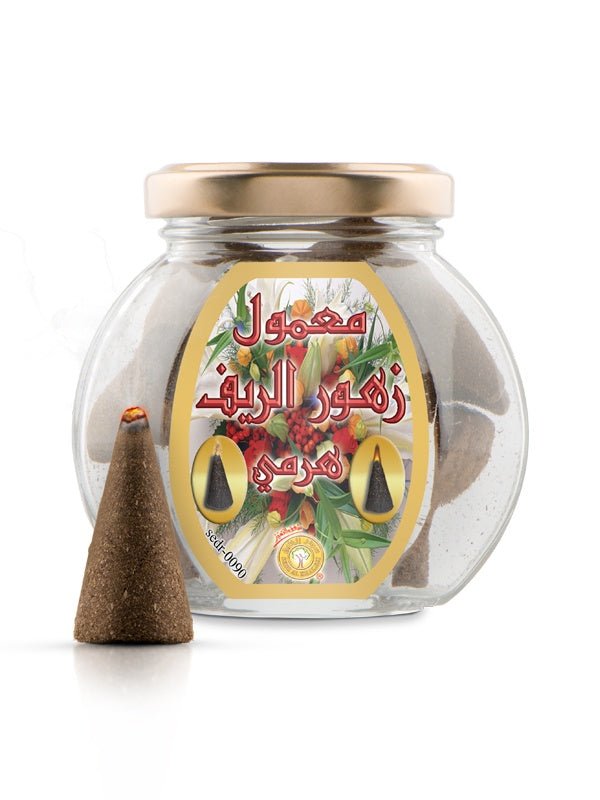
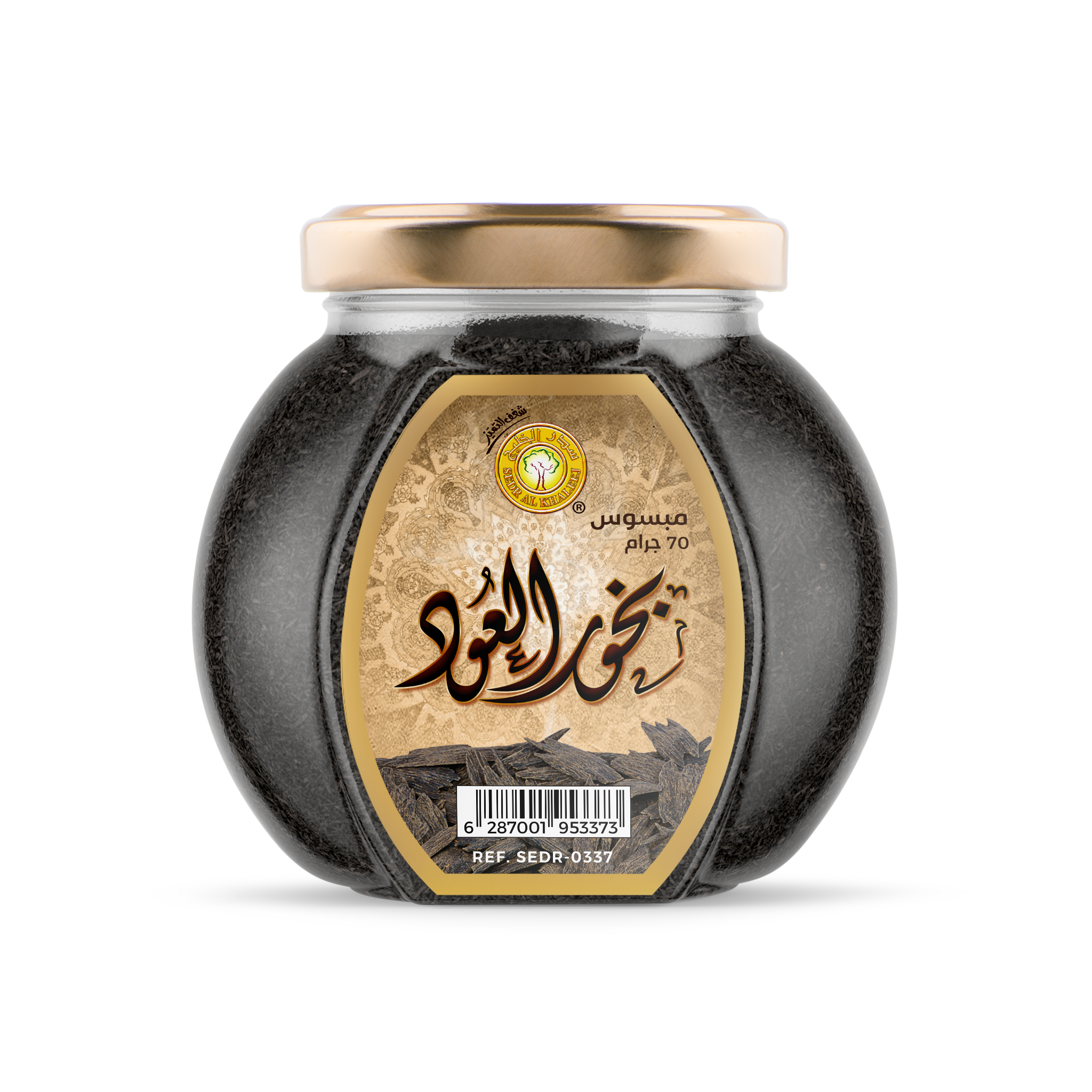
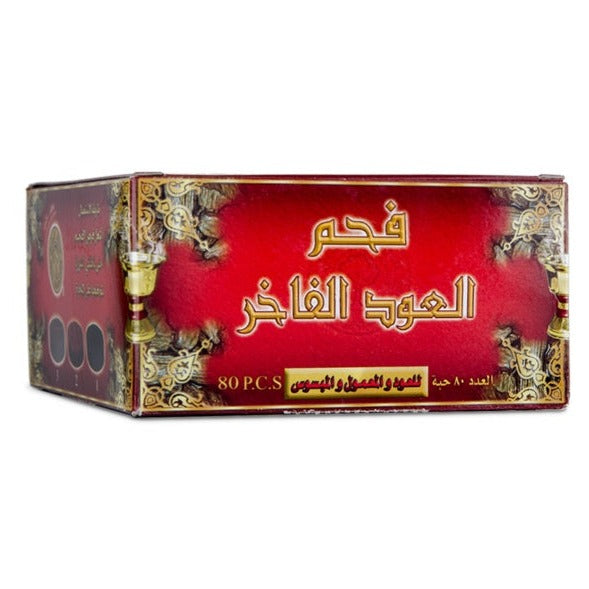

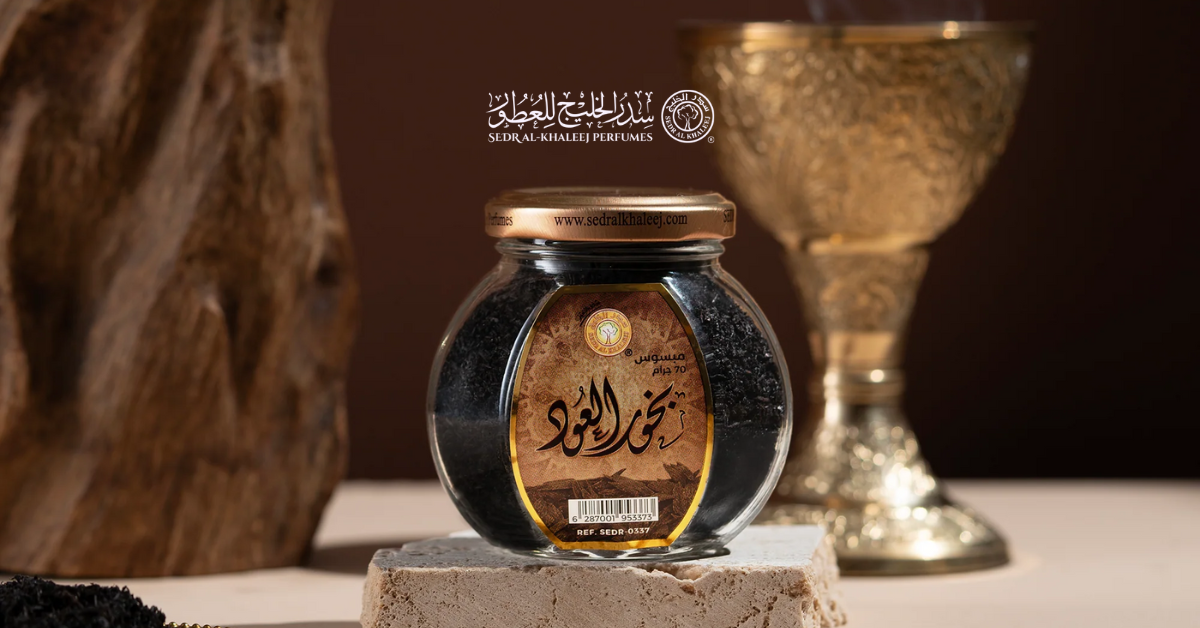
Leave a comment
All comments are moderated before being published.
This site is protected by hCaptcha and the hCaptcha Privacy Policy and Terms of Service apply.